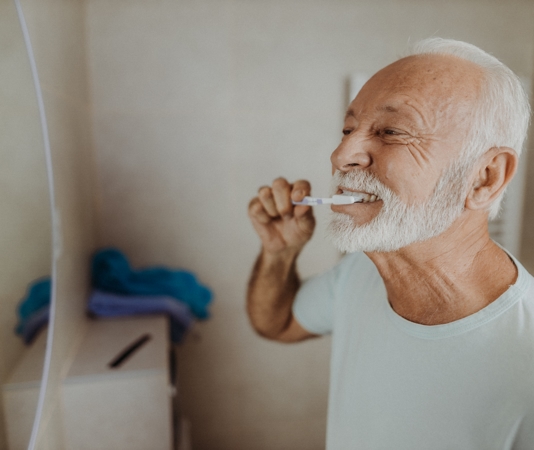When snow falls and sidewalks ice over, the idea of getting out to do something as simple as going for a walk becomes a potentially life-threatening activity. With more and more research showing that regular exercise benefits overall health and specifically brain health, it’s not a good idea to give up your fitness routine as the seasons change. How can one balance winter exercise with cold weather safety?
The choices for fitness in winter are to safely continue working out in the colder weather or head indoors for your winter workouts.
Outdoor Winter Activities for Seniors
Getting outdoors in winter can not only help seniors stay active, but also provide the fresh air and sunshine that so many people don’t get enough of once the weather turns cold. A few outdoor exercise ideas for seniors include:
- Walking
- Snowshoeing
- Ice skating
- Cross-country skiing
- Nature hikes
- Cycling
The activity you choose will vary depending on your interests, comfort level, and any health concerns you may need to plan around. Walking is a good option for just about anyone and, if you share a walk with a friend or family member, it’s a good social activity as well. No matter which activity you choose, it’s important to check with a doctor before starting a new exercise.
Outdoor Winter Safety Tips for Seniors
Whether your favorite exercise is a neighborhood stroll, a nature hike, or a more strenuous workout like skiing, it’s important to stay safe. For those who opt for being outside in winter, the Mayo Clinic offers these tips:
- People living with certain conditions should check with their doctor before venturing outside to exercise in cold temperatures. These conditions include heart disease, asthma, and Raynaud’s disease.
- Check the weather and factor in the wind chill as this can increase the likelihood of frostbite. Also, factor in the potential for rain or snowfall during your time outdoors and dress accordingly in waterproof gear or stay inside.
- Educate yourself on the symptoms of frostbite and hypothermia so you can get back indoors before problems arise.
- Dress properly for cold weather. Exercise in layers, protecting areas such as ears, feet, head, and hands, which are all most vulnerable to frostbite. And, wear sunscreen on exposed skin.
- Stay hydrated. Just because you’re cold doesn’t mean you can’t become dehydrated.
- Have a way to stay in contact with your loved ones. Falls are a common danger of walking in cold weather, and if you’re alone, you need to be able to call for help. Having a walking partner is highly recommended.
Indoor Winter Activities for Seniors
Many seniors want to keep exercising but don’t want to take the risks of going outside when it’s chilly and slippery. If you can relate, consider these ideas for how to exercise in winter indoors:
- Swimming or doing water exercises at an indoor pool is great for balance and gets your heart rate up. Going to a local pool can also be a way to socialize, and swimming and water exercise have minimal impact on the joints of seniors with arthritis.
- Join SilverSneakers®, which is a service that provides online classes and workshops. This is a great option for finding affordable workouts, as this program is often covered by health insurance plans. It includes information about participating fitness centers and group fitness classes nationwide, including swimming, aerobics, and more.
- Take a spin class for that indoor cycling experience.
- Sign up for a yoga class. Yoga provides multiple benefits to seniors, including increased flexibility, stronger joints, and less stiffness.
- Keep on walking! Even if you choose to just stay home, do some extra laps up and down the stairs or from room to room. Better yet, call a friend and plan to go to a museum or a mall where you can socialize and look around. The health benefits of vigorous walking include improved balance and coordination, stronger bones, and maintaining a healthy weight. It also has a positive impact on brain health!
The shorter days and decreased daylight during the winter months can impact well-being, so maintaining energy levels with exercise can really help with mood and positivity.
Stay Active with Help from Homewatch CareGivers
Staying active in winter can be a challenge, but you don’t have to figure it out alone. Our professional caregivers can support your fitness goals! Whether you or the senior in your life needs a walking partner or transportation to fitness classes, your local Homewatch CareGivers® will be there to help. Contact us online or call 888-404-5191 today to learn more.




.1803151925550.jpg)
